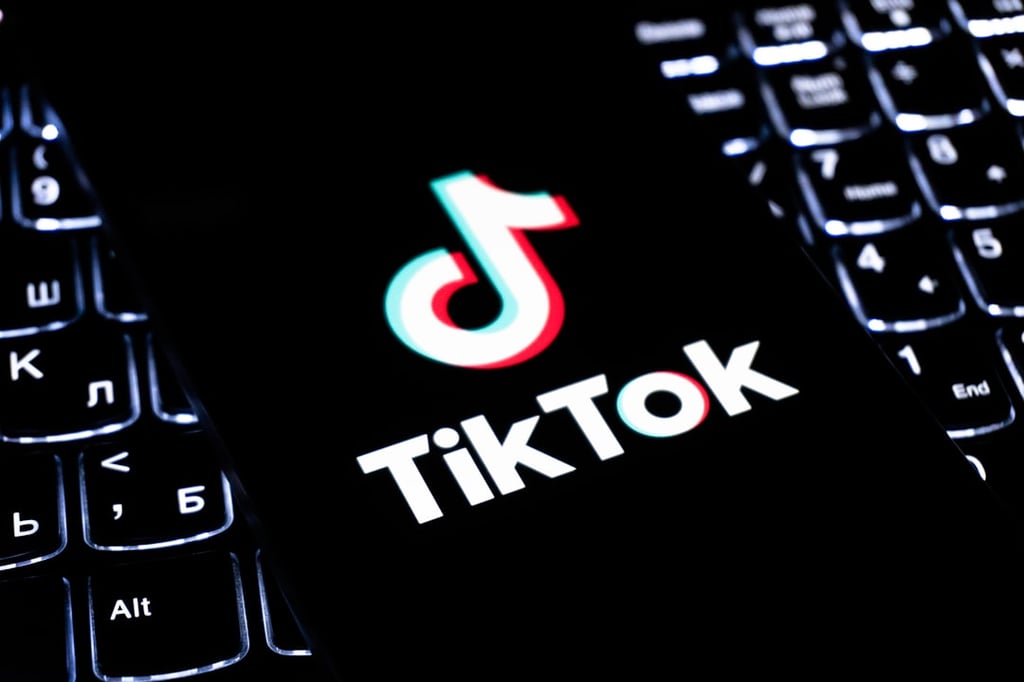Datamation content and product recommendations are
editorially independent. We may make money when you click on links
to our partners.
Learn More
The upcoming Apple iPhone will certainly have a huge impact on cell phone design, but we’re betting it will affect the future of mobile video even more. Will the combination of YouTube and the iPhone stifle video development?
![]()
The iPhone will debut on June 29th, one week from today, but its influence has been felt since it was first announced in January. It’s smooth operation and glossy touch screen will certainly have a deep impact on future cell phone and smart phone design.
Yesterday, Apple announced that the iPhone will offer easy access to YouTube videos, thanks to a dedicated YouTube button on the phone’s home screen. Video on the Apple Web site shows that the YouTube button will take users to a custom page where they can save their favorite videos and presumably search for other videos that interest them.
The Apple-YouTube connection is a natural, since Apple and YouTube are already working together to bring YouTube videos to the AppleTV, a network streaming device that allows users to view media from their home computers on their televisions. YouTube is creating H.264 copies of all their clips so that they’ll play over the AppleTV. Those H.264 clips will also play on the iPhone.
Despite some strong marks against the iPhone—it will be expensive (at $499 or $599) and will only work with AT&T (formerly Cingular)—the device is certain to make a major impact on the market when it’s released. If it works as impressively as it did during Apple CEO Steve Jobs’s initial announcement and demonstration, it will be the most significant gadget released since the Apple iPod.
As such, its treatment of mobile video will have huge ramifications in the industry. That’s exciting and a little frightening because the iPhone’s video treatment is completely at odds with how mobile video has been done so far. Most mobile video uses the walled garden approach: it’s accessible only with a monthly charge and it offers short clips from well-known entertainment channels in categories such as news, entertainment, music, and comedy.
The iPhone’s YouTube clips won’t require a separate charge and won’t fit in the usual categories. By partnering with YouTube, instead of a cable TV giant, for example, Apple is suggesting that viewers simply want a diversion with mobile video, something to fill a few minutes on a train or between appointments, and don’t care if they’re not getting the latest news. And Apple may be right.
AT&T’s data plans for the iPhone won’t be announced until the June 29th launch, so it remains to be seen if a data plan will be required for basic phone use. The iPhone will have built-in WiFi, but most industry experts are betting that the phone will require a data plan.
So while the iPhone will likely require a data plan, it won’t charge extra for video access, and that could make it harder for other cell phone providers to sell video packages. Consumers could come to expect more for free, or as part of their basic plans.
Apple has a history of entering markets and demonstrating a more effective way of doing things. The iPod, for example, wasn’t the first portable music player, but it was the first to offer an easy, enjoyable experience. The Apple TV isn’t the first networked streaming media player, but it works far more smoothly that anything else on the market.
We’re betting that with mobile video, Apple will once again revolutionize an industry. The traditional walled garden approach has always seemed underwhelming and costly, offering too little content for too much money. With open access to the best in viral video, Apple just might be showing a better way to enjoy clips on your cell phone. This could spell the future of mobile video—and a quick death for the walled garden.
This article was first published on WebVideoUniverse.com.
-
Ethics and Artificial Intelligence: Driving Greater Equality
FEATURE | By James Maguire,
December 16, 2020
-
AI vs. Machine Learning vs. Deep Learning
FEATURE | By Cynthia Harvey,
December 11, 2020
-
Huawei’s AI Update: Things Are Moving Faster Than We Think
FEATURE | By Rob Enderle,
December 04, 2020
-
Keeping Machine Learning Algorithms Honest in the ‘Ethics-First’ Era
ARTIFICIAL INTELLIGENCE | By Guest Author,
November 18, 2020
-
Key Trends in Chatbots and RPA
FEATURE | By Guest Author,
November 10, 2020
-
Top 10 AIOps Companies
FEATURE | By Samuel Greengard,
November 05, 2020
-
What is Text Analysis?
ARTIFICIAL INTELLIGENCE | By Guest Author,
November 02, 2020
-
How Intel’s Work With Autonomous Cars Could Redefine General Purpose AI
ARTIFICIAL INTELLIGENCE | By Rob Enderle,
October 29, 2020
-
Dell Technologies World: Weaving Together Human And Machine Interaction For AI And Robotics
ARTIFICIAL INTELLIGENCE | By Rob Enderle,
October 23, 2020
-
The Super Moderator, or How IBM Project Debater Could Save Social Media
FEATURE | By Rob Enderle,
October 16, 2020
-
Top 10 Chatbot Platforms
FEATURE | By Cynthia Harvey,
October 07, 2020
-
Finding a Career Path in AI
ARTIFICIAL INTELLIGENCE | By Guest Author,
October 05, 2020
-
CIOs Discuss the Promise of AI and Data Science
FEATURE | By Guest Author,
September 25, 2020
-
Microsoft Is Building An AI Product That Could Predict The Future
FEATURE | By Rob Enderle,
September 25, 2020
-
Top 10 Machine Learning Companies 2021
FEATURE | By Cynthia Harvey,
September 22, 2020
-
NVIDIA and ARM: Massively Changing The AI Landscape
ARTIFICIAL INTELLIGENCE | By Rob Enderle,
September 18, 2020
-
Continuous Intelligence: Expert Discussion [Video and Podcast]
ARTIFICIAL INTELLIGENCE | By James Maguire,
September 14, 2020
-
Artificial Intelligence: Governance and Ethics [Video]
ARTIFICIAL INTELLIGENCE | By James Maguire,
September 13, 2020
-
IBM Watson At The US Open: Showcasing The Power Of A Mature Enterprise-Class AI
FEATURE | By Rob Enderle,
September 11, 2020
-
Artificial Intelligence: Perception vs. Reality
FEATURE | By James Maguire,
September 09, 2020
SEE ALL
ARTICLES







